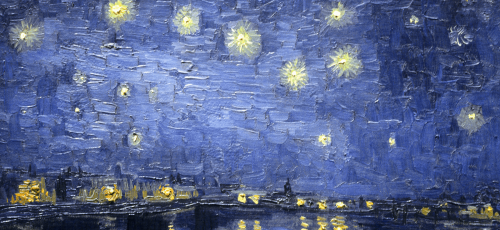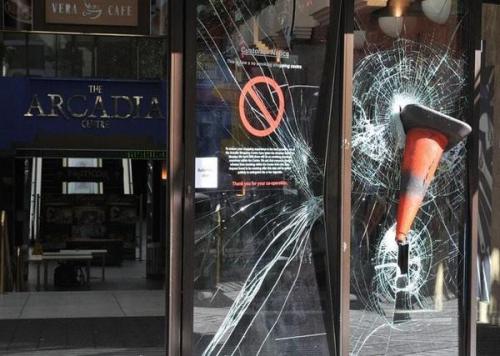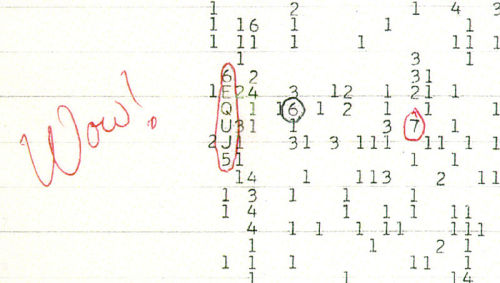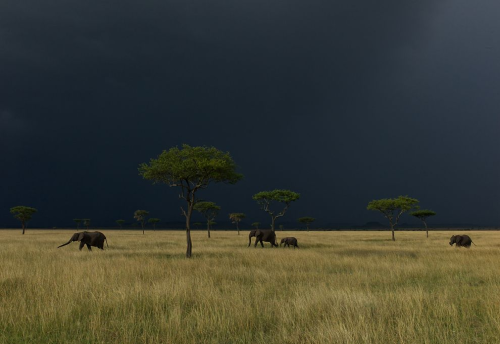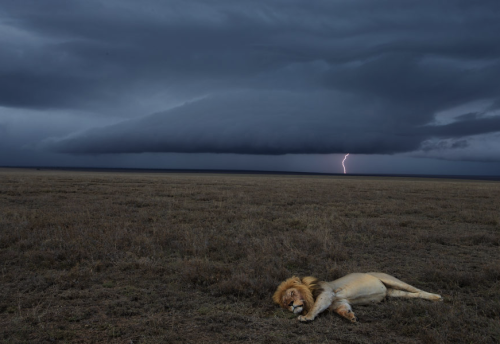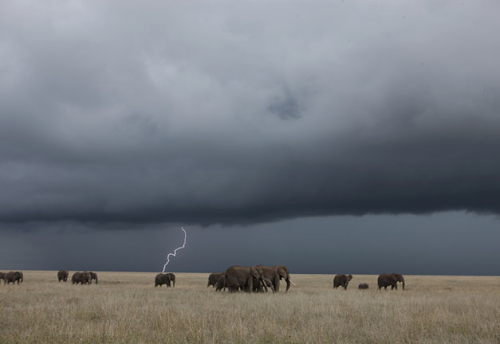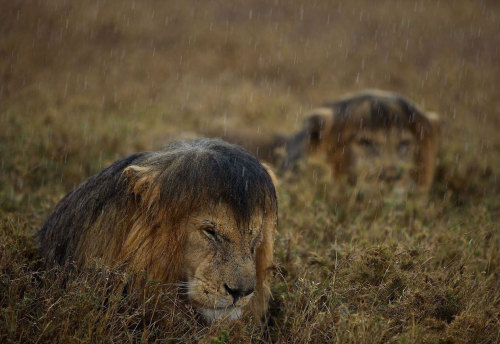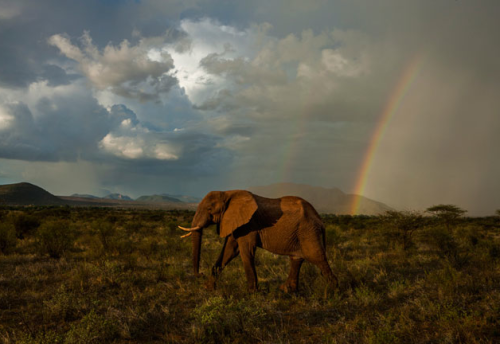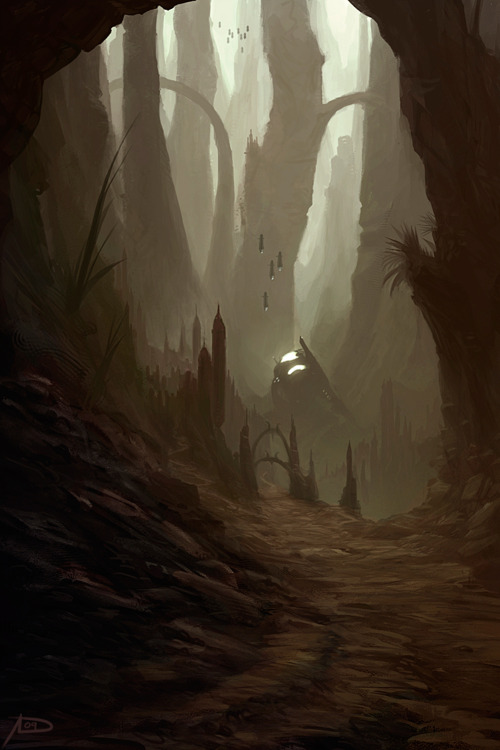TODAY IN HISTORY: The Rings Of Saturn, August 17, 1981, In An Enhanced View From The Voyager 2 Space

TODAY IN HISTORY: The rings of Saturn, August 17, 1981, in an enhanced view from the Voyager 2 space probe, assembled from clear, orange and ultraviolet frames taken at a distance of 8.9 million km (5.5 million miles).
(NASA)
More Posts from Allisoncheri and Others
Celebrating 17 Years of NASA’s ‘Little Earth Satellite That Could’
The satellite was little— the size of a small refrigerator; it was only supposed to last one year and constructed and operated on a shoestring budget — yet it persisted.
After 17 years of operation, more than 1,500 research papers generated and 180,000 images captured, one of NASA’s pathfinder Earth satellites for testing new satellite technologies and concepts comes to an end on March 30, 2017. The Earth Observing-1 (EO-1) satellite will be powered off on that date but will not enter Earth’s atmosphere until 2056.
“The Earth Observing-1 satellite is like The Little Engine That Could,” said Betsy Middleton, project scientist for the satellite at NASA’s Goddard Space Flight Center in Greenbelt, Maryland.
To celebrate the mission, we’re highlighting some of EO-1’s notable contributions to scientific research, spaceflight advancements and society.
Scientists Learn More About Earth in Fine Detail

This animation shifts between an image showing flooding that occurred at the Arkansas and Mississippi rivers on January 12, 2016, captured by ALI and the rivers at normal levels on February 14, 2015 taken by the Operational Land Imager on Landsat 8. Credit: NASA’s Earth Observatory
EO-1 carried the Advanced Land Imager that improved observations of forest cover, crops, coastal waters and small particles in the air known as aerosols. These improvements allowed researchers to identify smaller features on a local scale such as floods and landslides, which were especially useful for disaster support.

On the night of Sept. 6, 2014, EO-1’s Hyperion observed the ongoing eruption at Holuhraun, Iceland as shown in the above image. Partially covered by clouds, this scene shows the extent of the lava flows that had been erupting.
EO-1’s other key instrument Hyperion provided an even greater level of detail in measuring the chemical constituents of Earth’s surface— akin to going from a black and white television of the 1940s to the high-definition color televisions of today. Hyperion’s level of sophistication doesn’t just show that plants are present, but can actually differentiate between corn, sorghum and many other species and ecosystems. Scientists and forest managers used these data, for instance, to explore remote terrain or to take stock of smoke and other chemical constituents during volcanic eruptions, and how they change through time.
Crowdsourced Satellite Images of Disasters

EO-1 was one of the first satellites to capture the scene after the World Trade Center attacks (pictured above) and the flooding in New Orleans after Hurricane Katrina. EO-1 also observed the toxic sludge in western Hungary in October 2010 and a large methane leak in southern California in October 2015. All of these scenes, which EO-1 provided quick, high-quality satellite imagery of the event, were covered in major news outlets. All of these scenes were also captured because of user requests. EO-1 had the capability of being user-driven, meaning the public could submit a request to the team for where they wanted the satellite to gather data along its fixed orbits.

This image shows toxic sludge (red-orange streak) running west from an aluminum oxide plant in western Hungary after a wall broke allowing the sludge to spill from the factory on October 4, 2010. This image was taken by EO-1’s Advanced Land Imager on October 9, 2010. Credit: NASA’s Earth Observatory
Artificial Intelligence Enables More Efficient Satellite Collaboration

This image of volcanic activity on Antarctica’s Mount Erebus on May 7, 2004 was taken by EO-1’s Advanced Land Imager after sensing thermal emissions from the volcano. The satellite gave itself new orders to take another image several hours later. Credit: Earth Observatory
EO-1 was among the first satellites to be programmed with a form of artificial intelligence software, allowing the satellite to make decisions based on the data it collects. For instance, if a scientist commanded EO-1 to take a picture of an erupting volcano, the software could decide to automatically take a follow-up image the next time it passed overhead. The Autonomous Sciencecraft Experiment software was developed by NASA’s Jet Propulsion Laboratory in Pasadena, California, and was uploaded to EO-1 three years after it launched.

This image of Nassau Bahamas was taken by EO-1’s Advanced Land Imager on Oct 8, 2016, shortly after Hurricane Matthew hit. European, Japanese, Canadian, and Italian Space Agency members of the international coalition Committee on Earth Observation Satellites used their respective satellites to take images over the Caribbean islands and the U.S. Southeast coastline during Hurricane Matthew. Images were used to make flood maps in response to requests from disaster management agencies in Haiti, Dominican Republic, St. Martin, Bahamas, and the U.S. Federal Emergency Management Agency.
The artificial intelligence software also allows a group of satellites and ground sensors to communicate and coordinate with one another with no manual prompting. Called a “sensor web”, if a satellite viewed an interesting scene, it could alert other satellites on the network to collect data during their passes over the same area. Together, they more quickly observe and downlink data from the scene than waiting for human orders. NASA’s SensorWeb software reduces the wait time for data from weeks to days or hours, which is especially helpful for emergency responders.
Laying the Foundation for ‘Formation Flying’

This animation shows the Rodeo-Chediski fire on July 7, 2002, that were taken one minute apart by Landsat 7 (burned areas in red) and EO-1 (burned areas in purple). This precision formation flying allowed EO-1 to directly compare the data and performance from its land imager and the Landsat 7 ETM+. EO-1’s most important technology goal was to test ALI for future Landsat satellites, which was accomplished on Landsat 8. Credit: NASA’s Goddard Space Flight Center
EO-1 was a pioneer in precision “formation flying” that kept it orbiting Earth exactly one minute behind the Landsat 7 satellite, already in orbit. Before EO-1, no satellite had flown that close to another satellite in the same orbit. EO-1 used formation flying to do a side-by-side comparison of its onboard ALI with Landsat 7’s operational imager to compare the products from the two imagers. Today, many satellites that measure different characteristics of Earth, including the five satellites in NASA’s A Train, are positioned within seconds to minutes of one another to make observations on the surface near-simultaneously.
For more information on EO-1’s major accomplishments, visit: https://www.nasa.gov/feature/goddard/2017/celebrating-17-years-of-nasa-s-little-earth-satellite-that-could
Make sure to follow us on Tumblr for your regular dose of space: http://nasa.tumblr.com/.
Actually genuinenly enjoying my customer service job sometimes
Customer (calling from Ireland): “Yes hello, I would like to -”
Sheep in the background: *gentle baa*
Customer: “Uh, sorry, what I want to do is -”
Sheep: *slightly more insistent baa*
Customer: “No, not now! -cough- Excuse me. I have a reservation and -”
Sheep: *VERY LOUD ACCUSATORY BAA*
Customer: “Arnulf! Please be quiet, I am on the phone! … Sorry, I sincerely apologize on behalf of Arnulf.”
me: “I love and forgive him.”
Customer: “Don’t, he doesn’t deserve it. Anyway, I’m calling about -”
Arnulf: *small, very self-satisfied baa*

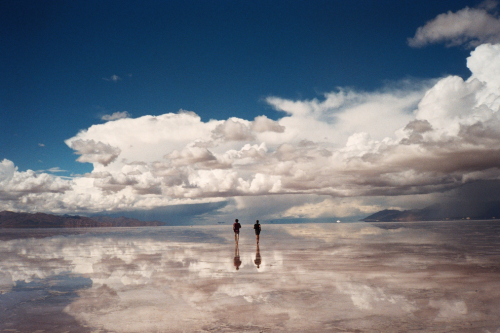





at over four thousand square miles, bolivia’s remote salar de uyuni salt flat is the largest salt flat on the planet. and with a variation in surface elevation of less than a metre, it’s also amongst the flattest land on the planet. but during the raining season, when it becomes covered in a few centimetres of water, the salt flat is transformed into the largest mirror on the planet.
(click for credit x, x, x, x, x)
-
 jandara946 liked this · 2 weeks ago
jandara946 liked this · 2 weeks ago -
 forty4below reblogged this · 4 months ago
forty4below reblogged this · 4 months ago -
 joiesmineurs liked this · 1 year ago
joiesmineurs liked this · 1 year ago -
 pyrovolt liked this · 2 years ago
pyrovolt liked this · 2 years ago -
 pumpk-n reblogged this · 2 years ago
pumpk-n reblogged this · 2 years ago -
 venusdelaroix liked this · 2 years ago
venusdelaroix liked this · 2 years ago -
 bimbodreamboard liked this · 2 years ago
bimbodreamboard liked this · 2 years ago -
 dragoncastings liked this · 2 years ago
dragoncastings liked this · 2 years ago -
 fl0nky reblogged this · 2 years ago
fl0nky reblogged this · 2 years ago -
 monstrfreek liked this · 2 years ago
monstrfreek liked this · 2 years ago -
 astraeaboann reblogged this · 2 years ago
astraeaboann reblogged this · 2 years ago -
 astraeaboann liked this · 2 years ago
astraeaboann liked this · 2 years ago -
 retributionisathand liked this · 2 years ago
retributionisathand liked this · 2 years ago -
 awwoe reblogged this · 2 years ago
awwoe reblogged this · 2 years ago -
 awwoe liked this · 2 years ago
awwoe liked this · 2 years ago -
 inspirationsimple liked this · 2 years ago
inspirationsimple liked this · 2 years ago -
 jito57 reblogged this · 2 years ago
jito57 reblogged this · 2 years ago -
 jito57 liked this · 2 years ago
jito57 liked this · 2 years ago -
 useyourblinker reblogged this · 2 years ago
useyourblinker reblogged this · 2 years ago -
 useyourblinker liked this · 2 years ago
useyourblinker liked this · 2 years ago -
 rackhamfairy reblogged this · 2 years ago
rackhamfairy reblogged this · 2 years ago -
 rackhamfairy liked this · 2 years ago
rackhamfairy liked this · 2 years ago -
 wannabee8 reblogged this · 4 years ago
wannabee8 reblogged this · 4 years ago -
 wannabee8 liked this · 4 years ago
wannabee8 liked this · 4 years ago -
 h-demersalis-insp reblogged this · 5 years ago
h-demersalis-insp reblogged this · 5 years ago -
 hirundinehenri reblogged this · 5 years ago
hirundinehenri reblogged this · 5 years ago -
 hirundinehenri liked this · 5 years ago
hirundinehenri liked this · 5 years ago -
 the-shania-twainsaw-massacre reblogged this · 5 years ago
the-shania-twainsaw-massacre reblogged this · 5 years ago -
 the-shania-twainsaw-massacre liked this · 5 years ago
the-shania-twainsaw-massacre liked this · 5 years ago -
 loverstheory reblogged this · 5 years ago
loverstheory reblogged this · 5 years ago -
 loverstheory liked this · 5 years ago
loverstheory liked this · 5 years ago -
 juicedrab liked this · 5 years ago
juicedrab liked this · 5 years ago -
 themoodsntheswings liked this · 6 years ago
themoodsntheswings liked this · 6 years ago -
 amybellafonteharper reblogged this · 6 years ago
amybellafonteharper reblogged this · 6 years ago -
 amybellafonteharper liked this · 6 years ago
amybellafonteharper liked this · 6 years ago -
 bowiewhydidyoukillziggy reblogged this · 6 years ago
bowiewhydidyoukillziggy reblogged this · 6 years ago -
 nidalzali reblogged this · 6 years ago
nidalzali reblogged this · 6 years ago -
 guilgrp liked this · 6 years ago
guilgrp liked this · 6 years ago -
 kittenclayton liked this · 6 years ago
kittenclayton liked this · 6 years ago -
 gotankgo liked this · 6 years ago
gotankgo liked this · 6 years ago -
 the-shania-twainsaw-massacre reblogged this · 6 years ago
the-shania-twainsaw-massacre reblogged this · 6 years ago -
 debbiegeltner liked this · 6 years ago
debbiegeltner liked this · 6 years ago
